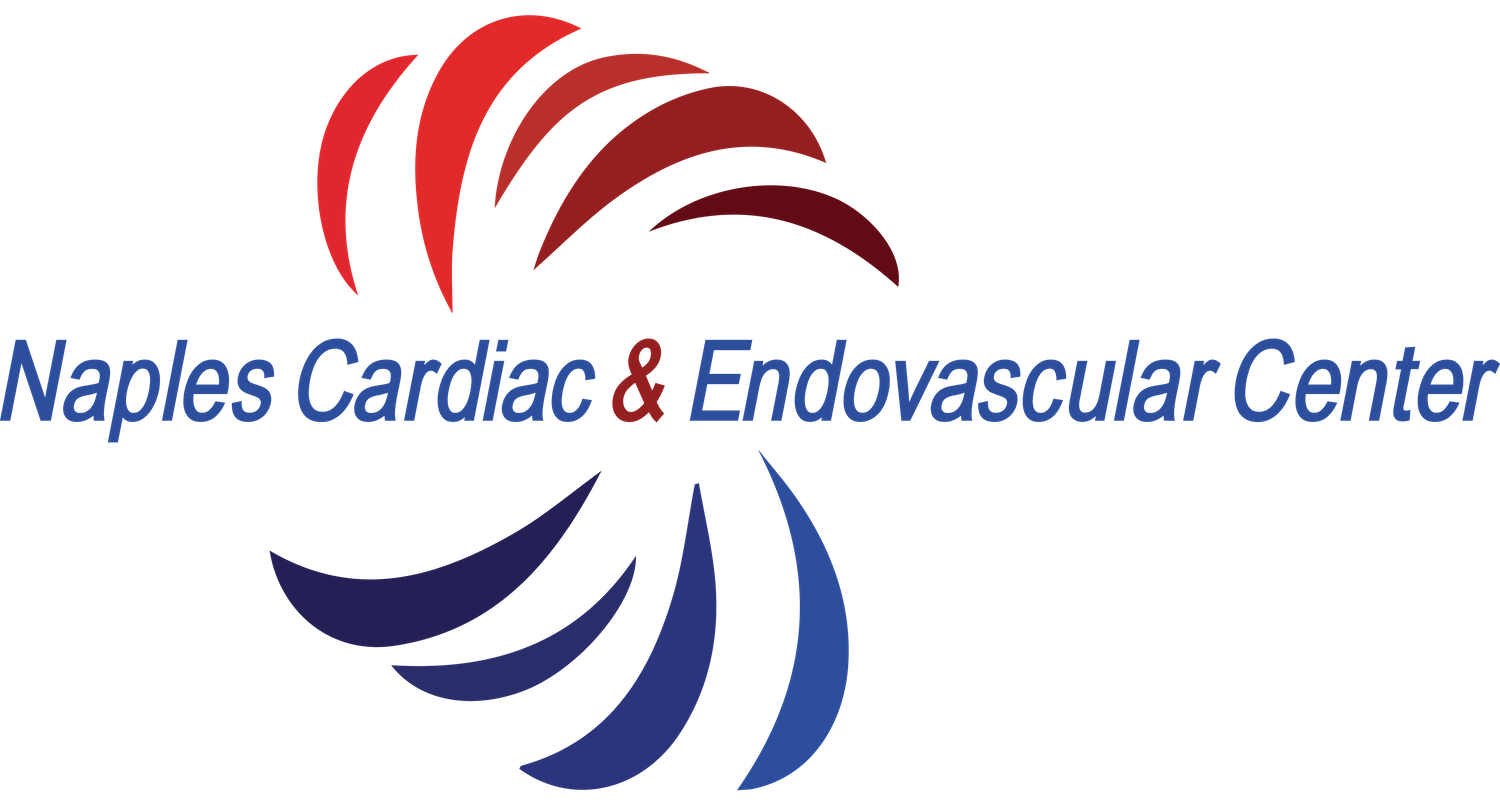What is transesophageal echocardiography (TEE)?
Transesophageal Echocardiogram (TEE) is an echocardiogram, or echo, that uses sound waves to provide moving images of the structures inside the heart. It is used when other types of tests are unable to view certain areas inside the heart, such as in people with poor heart valve function or blood vessel narrowing that blocks normal inspection.
Dr. Arthur Labovitz describes a TEE test, how the test works, what to expect, and how to prepare.
Why is it done?
The Transesophageal Echocardiogram (TEE) is done to find out if there are any structural problems with the heart's valves or to assess problems with blood vessels. The TEE may also be done to obtain safe, rapid views of blood flow in people who have difficulty breathing.
What can you expect during the test?
The test is done by inserting a device into the throat, called an endotracheal tube, and then passing a transducer down the tube. This will allow the doctor to see pictures of the heart and its valves. You will be given medication to help you relax during the procedure.
How to prepare for a TEE?
It's important that you don't eat anything before the Transesophageal Echocardiogram (TEE), as food can interfere with test images. Your doctor will give you instructions on when to stop eating and drinking. It's a good idea to wear loose, comfortable clothing for your procedure.
After the procedure
After the TEE, you may experience some discomfort and heaviness where your catheter was left in place. You might even have a sore throat for a day or two after the test. Otherwise, you can typically resume routine activities and eat fairly soon after the procedure.
To request an appointment click below or call (239) 300–0586


